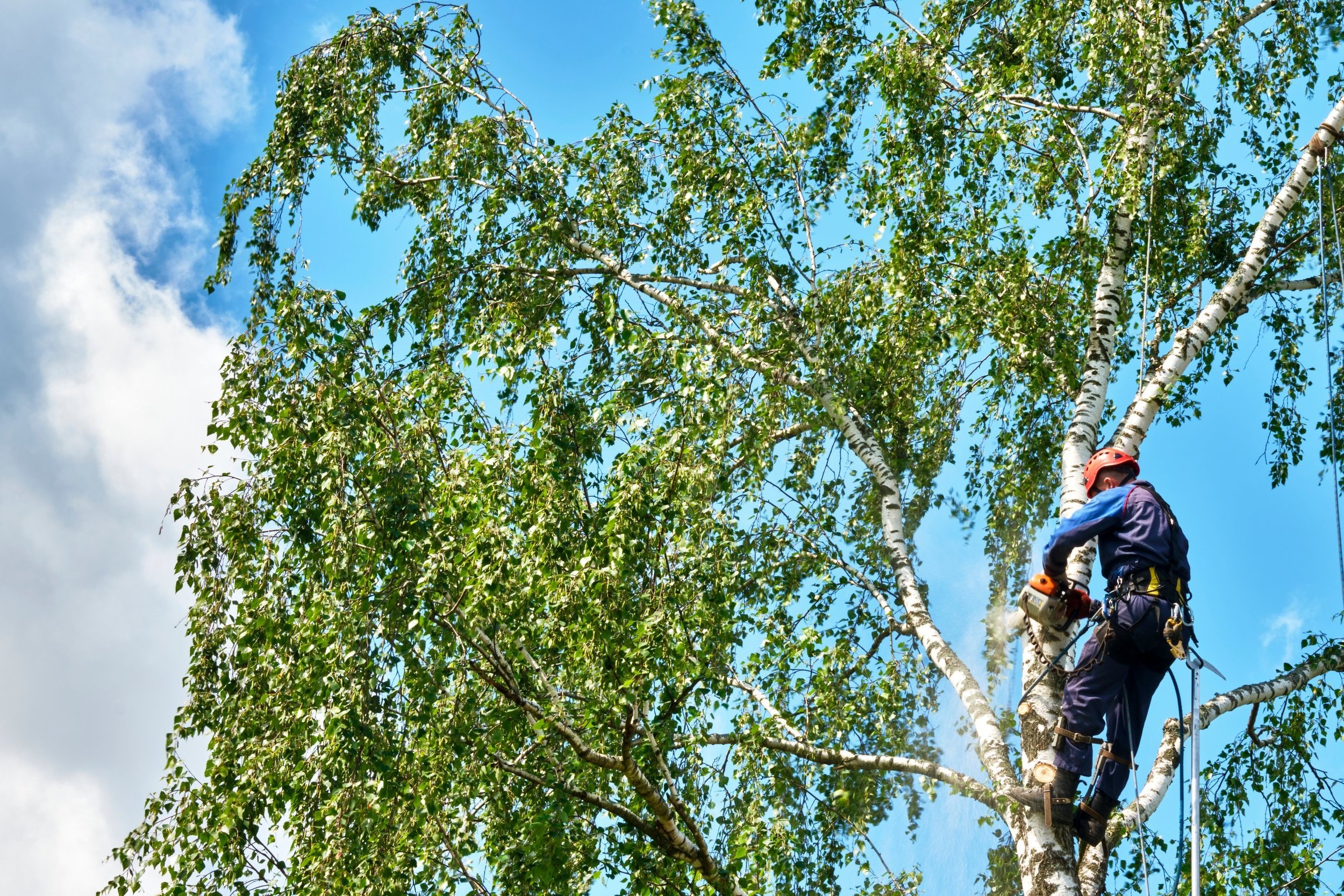
Selecting An Arborist
Points to consider when hiring or contracting with an arborist:
by Dave Mooter, Community Forester and Mark Harrell, Forest Pest Specialist, Nebraska Forest Service
1. The good ol’ yellow pages…
Check your local telephone directory under the yellow page listing "Tree Service". While anyone can list themselves in the phone book, a listing at least indicates some degree of permanence. Be cautious of an arborist that advertises "topping" as a service. "Topping" is not an approved tree maintenance practice and will seriously damage the tree.
2. Are They Certified?
Ask if the arborist is certified by either the Nebraska Arborists Association (NAA) or the International Society of Arboriculture (ISA). The NAA identifies those who have earned designations. Certification is not required but it does indicate that the arborist has a high degree of knowledge and a commitment to continuing education.
3. Ask about Memberships
If the arborist you are considering is not certified, determine if he/she is a member of any professional organizations, such as the NAA, the ISA, or the National Arborists Association. Membership in these and other professional organizations does not guarantee quality but does indicate professional commitment. You may contact the NAA office for a listing of NAA members in your area or to verify membership or certification claims, 402-761-2219 or staff@nearborists.org.
4. Insurance is Important
Ask for certificates of insurance, including proof of liability for personal and property damage and workman’s compensation. Then, contact the insurance company to make sure the policy is current. Under some circumstances, you can be held financially responsible if an uninsured worker is hurt on your property or if the worker damages a neighbor’s property.
5. Check for References
Ask for local references. Take a look at some of the work, and if possible, talk with former clients. Experience, education, and a good reputation are signs of a reputable arborist.
6. Take Your Time
Don’t rush into a decision just because you are promised a discount if you sign an agreement now. Be sure you understand what work is to be done for what amount of money. It is not generally a good idea to pay in full until the work is completed.
7. Knock, knock…Caution!
Most reputable tree care companies have all the work they can handle without going door to door. People who aren’t competent arborists may solicit tree work at your door pointing out a condition that needs "immediate attention" or the "tree will die." If a tree is that close to death, there is probably nothing that you or anyone else can do about it. These kinds of people are most active after storm disasters.
8. Bid. It. Out.
If possible, get more than one estimate.
9. Ask About Spikes
A conscientious arborist will not use climbing spikes except when removing a tree. Climbing spikes open unnecessary wounds that could lead to decay.
9. Budget Appropriately
Good tree work will not be inexpensive. A good arborist must carry several kinds of insurance as well as pay for expensive and specialized equipment. Beware of estimates that fall well below the average. There may be hidden costs or the arborist may not be fully insured or trained.
9. What Pruning Should Look Like
A good pruning job is often one that cannot be noticed after the work has been done.
9. Call the City Office
Some communities require that arborists be licensed in order to do tree work within the city limits. If you are unsure, contact the city office to see if such a license is required.

